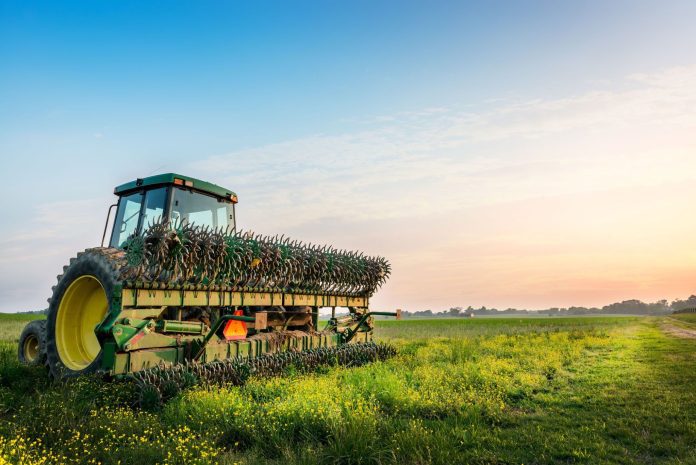Telecoms vendor Huawei has partnered with Chinese agricultural technology supplier XAG on a series of experiments to explore the application of 5G and AI in agriculture.
XAG is also an unmanned aircraft system (UAS) manufacturer, producing drones, alongside internet of things (IoT) and artificial intelligence (AI)l tools for farming. The pair have worked together on cellular and cloud based agriculture solutions since 2016, but the latest trials have introduced 5G into the mix, as a further catalyst for smart agriculture.
XAG said their collaboration will expand throug the “entire production system”, with the emphasis on 5G to seamlessly farmers with a range of new digital tools, including drones, sensors, and robots, to raise performance and reduce costs.
“5G can not only raise the speed and precision of data transmission and processing but also improve the control accuracy and stability of drones and robots. When 5G combines with AI and cloud computing, new production scenarios such as live video monitoring, remote diagnostics and on-site prescription would emerge to enable precision agriculture,” the company said.
XAG’s (FarmMonitor) sensors collect meteorological and soil data, such as rainfall, wind speed, soil moisture, and temperature. Its (FarmCam) imaging sensors capture high-definition field images. Both solutions are based on Huawei’s networking and HiSilicon chip solutions.
The company has also developed an autonomous drone to replace physical labour on seeding, fertilising, and chemical spraying. These drones have recorded high volumes of agricultural production data, including field edges, landforms, object location, crop growth, flight path and spraying dosage, it said. The data is ripe for analytics and deep learning.
The introduction of 5G, it said, will allow mapping and imaging data from drones to be processed in the cloud in near ‘real time’, supporting AI tools to generate “prescription maps” on site to allow for dynamic variable-rate application (VRA) of planting and spraying by automated farm machinery.
With 5G, growing conditions can be live video-streamed on mobile phones, allowing farmers to run remote crop disease diagnosis without venturing into their fields. A traceability system, meanwhile, can be enabled to make the growing and harvesting conditions of food items available for public consumption – “so the trust gap between consumer and producer closes,” it said.
The company stated: “5G has the potential to transform agriculture, as the development of smart farming is heavily dependent on both mobile internet and automated devices to achieve real-time, precise production and management.”

